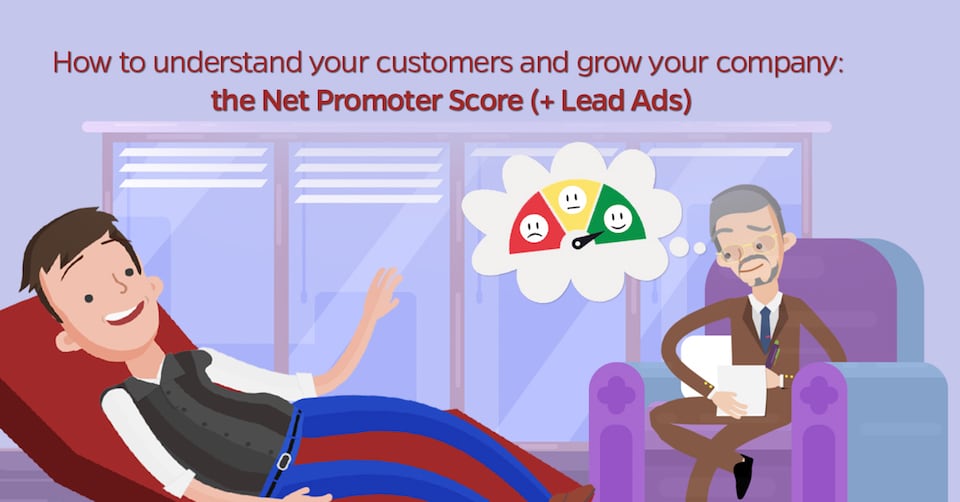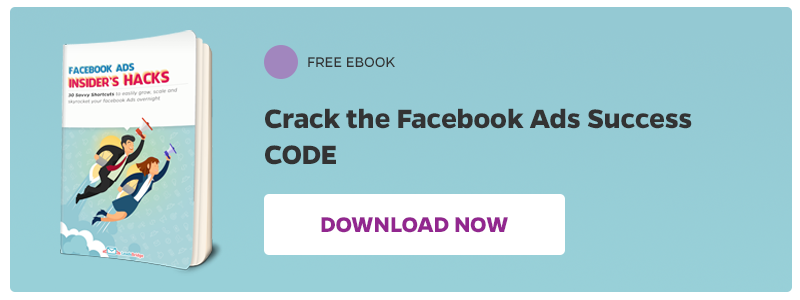
The Net Promoter Score (NPS) is a loyalty metric that can help you understand customer sentiment about your business by asking two simple questions: “How likely is it that you would recommend our company/product/service to a friend or colleague?” and “What is the most important reason for your score?”.
It was introduced first in 2003 by business strategist Fred Reichheld in a Harvard Business Review article entitled The One Number You Need to Grow.
Reichheld found that a simple single question, instead of long customer satisfaction surveys, was able to show correlation between NPS and long-term company growth. Today even more than in 2003 customers do not answer surveys anymore. With each added click or question, your chances of someone opting out of a survey drop 50%. So having a survey that can give you an actionable metric for enhancing your product experience with just two questions is actually great.
How the Net Promoter Score works
First you simply ask a score from 1 to 10 on “How likely are you to recommend our company/product/service to a friend or colleague?”, which sums up “Did you have a good experience or not?”. If he didn’t it gives the brand the opportunity to come back and find out what’s wrong. Usually you will do this sending an email. It can be just a plain text email asking for a reply or you might use one of the many survey tools out there, we used AskNicely.
Asking this question allows companies to track promoters and detractors, producing a clear measure of an organization’s performance through its customers’ eyes: its Net Promoter Score.
If the customer responds by giving the company a 9 or 10 that customer is labeled a promoter. They are more likely to buy more from the company, recommend the brand to friends and be loyal for longer. The we have the passives (7 or 8) and detractors (0 to 6).
The Net Promoter Score is the difference between promoters and detractors percentage. Here’s an example: you’ve got 100 replies, 30 are promoters 60 are passives and 10 are detractors so your NPS score is 20 (30% promoters-10% detractors). NPS can range from -100% to +100%. An NPS score that is greater than 0 is considered good and a score of +50 is excellent.
This first question is already all you need to find out your company NPS score. It’s very simple and the company will know if they did a good job or not.
The additional NPS question
So now you know your score, but you have a chance to know why you’ve got that score as well! You might ask it in a followup email, or show it on a webpage after customers click the survey question in the first email. We chose the second option.
Results from the second open-ended question can disclose why we’ve got that score, giving us an actionable metric to improve future performance. Remember that you can never get too much insights into what customers are thinking about your company and your products!
Go for the extra mile: categorization
With the second question you can make a next really interesting step, categorizing all the answers you will get. Mark all the surfaced problems in a spreadsheet and you will get invaluable insights! Here’s a scenario: you find out that 600 of your customers are complaining about the UX which is ugly in their opinion, 50 instead finds the lack of a specific feature really disturbing. Should you set UX improvement as an high priority task? May be, but you can check first the NPS score of every single category and here comes the surprise: 600 customers are complaining but are happy, since the NPS score of the “ugly UX” category is 40! Instead the 50 customers who needed a key feature have a NPS score of -30, so where do you think is your best opportunity to work on first now?
Thanks to the NPS score and categorization you might find out that fixing the issue of a little part of your user base might improve the overall sentiment of your company better than addressing a most “popular” complain.
What is the Net Promoter Score really useful for?
The whole purpose of the Net Promoter Score approach in the end is not about the numbers, but to build a company culture of continuous improvement. Tt’s a benchmark metric to evaluate the sentiment of your customers over time and highlight pain points of your product. In this context you can take it as way to build an authentic relationship with your customers starting with a conversation post-survey. It can be helpful in many ways: strenghten your relationship and make customers happy. May be a customer was unhappy for reasons you even already had a solution for. Like a new integration they didn’t realize was already out…
Running a business is hard and there are a lot of things that require your attention. For some reason what most companies often focus on is just finding new customers, when listening to the one you already have might give your business more value on the long term.
You should leverage this approach to put the customer at the centre of your organization. Here transparency is the key, all staff members should be involved in the customer feedback process, because all staff members can use that feedback to help the company grow.
This way in the long term you’ll have a really good chance of fulfilling the Net Promoter Score’s creator mantra as well: “This number is the one number you need to grow”.
Bonus tip: NPS Score + Lead Ads
If you’re using email marketing (and you should!) you know that open rates are really low these days. Reaching a lot of your customers with just email might be challenging so you can use Facebook Lead Ads to get some extra feedback.
The process is super simple.
1) Just create a Custom Audiences from your customers list
Import them on Facebook via CSV, or using LeadsBridge Custom Audience Sync tool.

2) Create a Lead Ads form including the NPS question, easy!
Ask the NPS score question with the 0 to 10 answer option:
“How likely is it that you would recommend our company/product/service to a friend or colleague?”

3) Run the campaign and collect feedbacks!
You can also sync the answers with our Lead Ads Sync, importing the answers into your CRM.
4) Analyze results!
Thanks to LeadsBridge’s Question Insights you’ll have all the answers classified nicely and hassle free. It will analyze results showing you the percentage of each reply.
Below a video of one of our surveys ran with Facebook Lead Ads.
If your company is still small and you’re therefore working anyway with few feedbacks remember to be careful of drawing conclusions! Small sample sizes are statistically dangerous.
But as we said before every single feedback is important on its own. When you know who are your promoters you can make them testimonials or start with them a referral campaign for example, while you certainly want to talk with the detractors and find out what’s wrong.
Have you already experimented with the Net Promoter Score? Tell us in the comments below if it’s been useful for you and if it impacted your company growth and culture!









